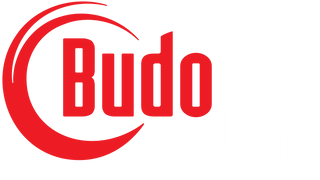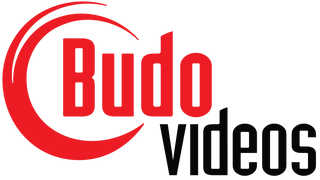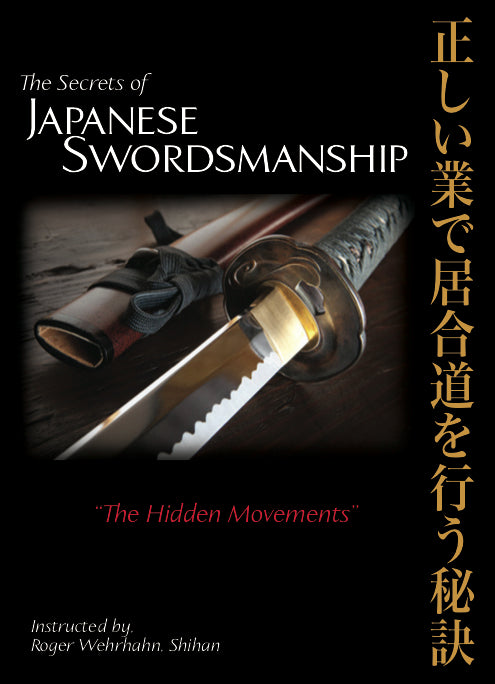Secrets of Japanese Swordsmanship: The Hidden Movements 2 DVD Set with Roger Wehrhahn
The material presented in this video is the culmination of over 30 years of practice and teaching. During that time Roger watched as students and Instructors struggled with the essential elements of the five primary movements of the Sword, the Nukitsuke (drawing the sword), the Furikaburi (raising the sword), the Kiritsuke (the cut), the Chiburi (shaking off blood) and the Noto (closing the sword). These basic techniques are the foundation of the use of the sword. If the vital points of these movements are not understood and correctly executed the techniques will be ineffective and each Kata made meaningless.
In this 2 disc, 2 hour 20 minute video he has broken down each of these five movements and presented them step by step, point by point, with an explanation of the purpose of each one of the points. The timing of the left and right hands are shown at each point for the proper execution of each technique! Next, there are a variety of drills for each movement with a set purpose of improving a particular part of the movement. For example, one of the drills in the Nukitsuke chapter breaks down the draw into 3 distinct parts depicting what happens in each part as to speed and hand position. One hour alone is devoted to the execution of the Nukitsuke! Here is a brief outline of what is included in the video:
- Nukitsuke breakdown into 15 points of release with supplemental drills, common mistakes
- Proper timing of execution from seiza.
- Furikaburi breakdown into 9 points of execution with supplemental drills, common mistakes
- Kirioroshi breakdown into 9 points of execution with supplemental drills, common mistakes
- O-Chiburi breakdown into 14 points of execution with supplemental drills, common mistakes
- Noto breakdown into 17 points of execution with supplemental drills for all 3 levels of Muso Shinden Ryu, the Shoden, Chuden and Okuden. Common mistakes
Each movement is addressed as to beginner and advanced practitioner depending on ones’ abilities. The common mistakes section will help beginners avoid developing bad habits before they start while helping instructors recognize and correct these mistakes in themselves and in their students.
Couldn't load pickup availability


